Pink Himalayan Salt Radioactive? Himalayan pink salt has become increasingly popular over the past few years, with people using it for everything from cooking to spa treatments. But is Himalayan pink salt safe? Is Himalayan Pink salt radioactive?
This question has been asked by many curious consumers, and the answer may surprise you: No, Himalayan pink salt is not radioactive. In fact, there are a number of benefits to using this type of salt compared to other types of table salts.
Himalayan pink salt gets its distinctive color from trace amounts of iron oxide, which gives it its pink hue. This type of salt is also known for its high mineral content, which includes calcium, magnesium, potassium and other trace minerals. It is believed that these minerals can provide various health benefits when consumed in moderation.
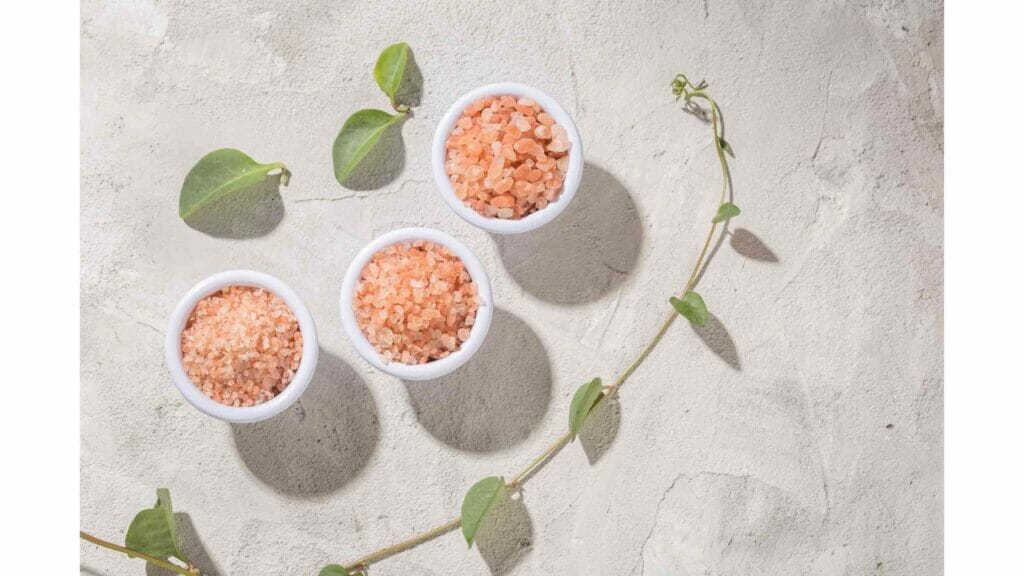
But does Himalayan pink salt contain any traces of radiation that could be harmful? While some people have raised concerns about this issue due to the presence of naturally occurring radioactive elements like uranium and thorium in the salt mines in Pakistan where it is mined, research shows that there are no significant levels of radiation present in Himalayan pink salt.
Is Pink Himalayan Salt Bad for you?
Pink Himalayan salt is not considered bad for you, in fact it can be an excellent addition to your diet. It contains trace minerals that are essential to our bodies, including calcium, potassium, and magnesium.
It also has a lower sodium than regular table salt & trace elements and natural mineral, making it a great alternative for those who need to watch their sodium intake. Additionally, pink Himalayan salt can help balance your body’s pH levels and improve digestion.
Although there are some potential health risks associated with consuming too much of sodium chloride, these risks can be avoided by using it in moderation and using it as an occasional alternative to regular table salt.
Overall, pink Himalayan salt can be beneficial for your health when used in moderation and is not contaminant.
Is Himalayan Salt Lamp Radioactive? Pink Himalayan Salt Radioactive
No, Himalayan Salt Lamps are not radioactive. Rather, the lamp emits negative ions which naturally purify the air. This can be helpful for people with allergies and asthma since it helps to reduce dirt and allergens in the air.
Himalayan Salt Lamp also works to reduce bacteria and pollutants, making it a great choice for those who want to breathe better air. In addition to improving air quality, a Himalayan Salt Lamp is also known for its calming glow, making it an ideal choice as a decorative item.
Overall, the benefits of Himalayan Salt Lamps make them a great way to improve your home’s air quality while adding beauty and style.
Hand-crafted from natural Himalayan salt crystals, this lamp emits a calming pink glow that helps to create an atmosphere of relaxation and serenity. The unique ionization process helps to reduce static electricity and improve air quality in your home.
Is Himalayan Pink Salt Good for Cancer Patients?
Himalayan Pink Salt is said to be beneficial for cancer patients, as it contains a range of minerals and trace elements that can help to support the body’s natural healing process. It is also high in antioxidants, which may help to fight off carcinogens in the body and purify blood.
Himalayan Pink Salt is also believed to help reduce inflammation and boost the immune system. Additionally, it has been known to promote healthy digestion and reduce water retention.

Because of its many health benefits, it can be a great way to supplement a cancer patient’s diet. Himalayan Pink Salt can be added to food as seasoning or dissolved in warm water as a drink.
It is important to note that while Himalayan Pink Salt may offer some potential benefits, it should not be used in place of medical advice or treatment. Note that it is a myth that Pink Himalayan Salt Radioactive.
Does Himalayan Salt Actually have health benefits of 84 trace minerals?
Yes, pink salt does have health benefits. It is rich in minerals such as calcium, magnesium, potassium, and iron. It also contains trace amounts of other elements such as copper and zinc.
In addition to being naturally rich in minerals, pink salt also contains ions that can help balance pH levels in the body and improve overall health. These ions can help reduce inflammation, improve digestion, regulate blood sugar levels, and even reduce high blood pressure.
Furthermore, the naturally occurring minerals found in pink salt can help improve skin health by providing essential nutrients for healthy skin cells and aiding in detoxification processes.
It can also be used as therapeutic bath salt and for massage treatments. Although there are claims about its health benefits, it is important to speak with your doctor before using Himalayan salt for medicinal purposes. But it is not to be said that Pink Himalayan Salt Radioactive.
Is pink Himalayan salt safe?
Pink Himalayan salt has become increasingly popular as an alternative to table salt due to its perceived health benefits. However, some people are concerned about its safety. Many studies have shown that pink Himalayan salt is safe for consumption in moderate amounts.
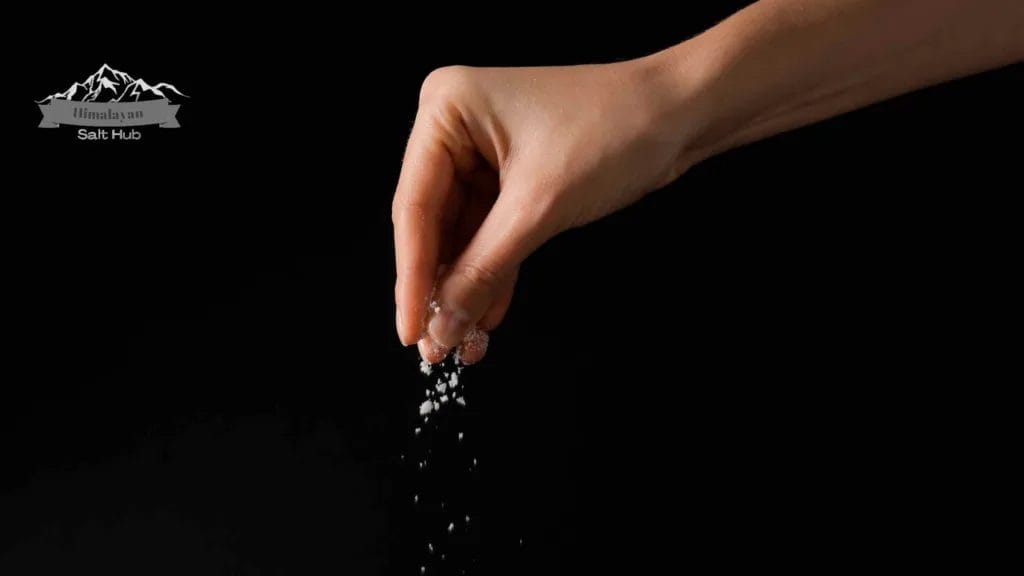
It contains a variety of minerals that are essential for the body and is less processed than table salt. However, too much of any type of salt can lead to health problems such as high blood pressure and kidney disease.
Is Sea Salt Toxic?
Sea salt is a natural product that comes from evaporated seawater. It is composed mostly of sodium chloride, with trace minerals such as magnesium, potassium, and calcium. Generally, sea salt is not toxic when consumed in moderation.
However, certain types of sea salt may contain high levels of heavy metals such as lead, mercury, and cadmium, which can be harmful to the body when consumed in high amounts over a prolonged period of time.
Additionally, some types of sea salt may be contaminated with harmful bacteria and pollutants. Overall, it is important to choose high-quality sea salt from a reputable source and use it in moderation as part of a balanced diet.
Consult with a healthcare professional if consuming large amounts of sea salt or if experiencing any adverse reactions.
Himalayan Pink Salt Controversy
Himalayan Pink Salt has gained a lot of popularity in recent years due to its supposed health benefits and unique flavor. However, there is also controversy surrounding its authenticity and actual benefits.
Some claim that the salt is mined from polluted areas and is therefore not safe for consumption. Others argue that the health benefits are exaggerated and that the high price tag is simply due to marketing tactics.

Despite the controversy, many people still choose to use Himalayan Pink Salt as a healthier alternative to regular table salt. Ultimately, it is up to individuals to do their research and decide whether or not to use pink salt in their diet. But the amount of minerals and trace elements present in it make it superior to others in list.
Himalayan Pink Salt Lamp Radiation
Himalayan pink salt lamps are becoming increasingly popular as a natural remedy for a range of physical and mental health issues. These lamps originated from Pakistan where the Himalayan salt is extracted from.
It is believed that the salt crystal used in the lamp produces negative ions that help to counteract the harmful positive ions in the environment. While there is some anecdotal evidence to support this claim, there is also concern about the potential for these lamps to emit radiation.
However, studies suggest that the amount of radiation emitted by these lamps is negligible and poses no risk to human health. As such, Himalayan pink salt lamps remain a safe and effective way to bring a calming and relaxing atmosphere to your home or office.
Is Celtic Sea Salt Radioactive?
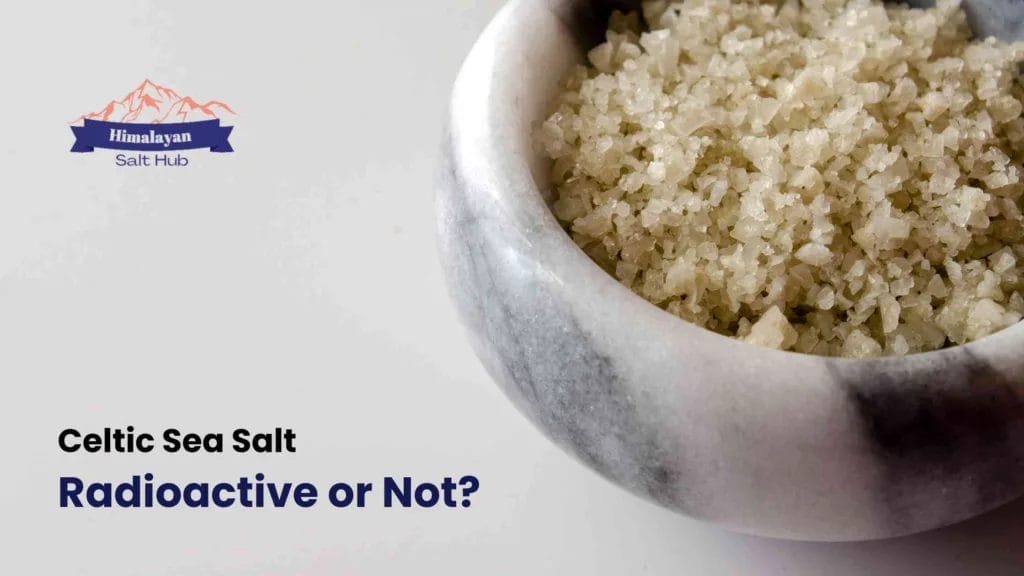
Celtic sea salt is a type of unrefined salt comes from seawater off the coast of Brittany, France. Since it’s an organic product, there’s an assumption that it’s entirely natural and undoubtedly safe to consume.
However, there’s a general concern if Celtic sea salt is radioactive or contaminated, particularly after the Fukushima nuclear disaster. Still, the truth is that salt harvested from the ocean, irrespective of the source (including Celtic sea salt), contains naturally occurring radioactive isotopes, mainly potassium-40, as well as trace amounts of other isotopes, such as uranium, thorium, and iodine-129.
The amount of radioactivity in Celtic sea salt, as with other natural sea salts, is very low and poses no radiation health hazards. In Conclusion, Celtic sea salt is safe for consumption and does not contain harmful levels of radioactive material.
Frequently Asked Questions
Is pink salt from Pakistan safe?
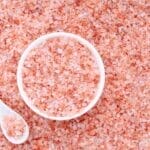
Pink salt from Pakistan, also known as Himalayan salt, is generally considered safe for consumption. In fact, it has become a popular alternative to regular table salt due to its unique flavor and perceived health benefits.
It contains around 84 trace elements, including iron, calcium, magnesium and potassium, which many believe can improve overall health. However, some concerns have been raised about the potential presence of harmful elements, such as lead, in the salt due to mining practices in the area.
Does pink Himalayan salt have heavy metals?
Pink Himalayan salt is a popular natural salt that is believed to have numerous health benefits due to its rich mineral content. However, concerns have been raised over the presence of heavy metals such as lead, mercury, and arsenic in the salt.
Heavy metals are naturally occurring elements in the earth’s crust and can be found in small amounts in minerals such as rock salt.
Does pink salt contain uranium?
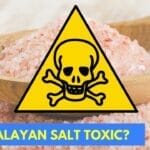
There is a popular belief that pink Himalayan salt contains uranium, a naturally occurring radioactive element. However, this claim is not backed by scientific evidence.
While it is true that some rocks in the Himalayan region contain uranium, the levels found in the salt are negligible and do not pose a threat to human health.
Conclusion
In conclusion, Himalayan Crystal salt is mined from salt mines in Himalayan mountains in Pakistan. Recently some consumers are concerned that heavy metals are found in Himalayan Salt and Himalayan salt contains 84 minerals in small amounts, so these minerals in Himalayan salt are harmful or not?
Minerals in Himalayan Pink Salt are not toxic and radioactive. Consuming Himalayan Salt in moderate amount does not have adverse effects on health. 1-2 Tablespoons of salt per day is normal and this salt wouldn’t cause any harm to you.
84 trace makes salt healthier and better than iodized salt and a perfect choice for cooking and salt bath.
Got More Questions about Pink Himalayan Salt Radioactive? Ask Us


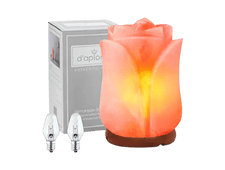

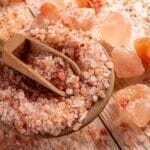




0 Comments